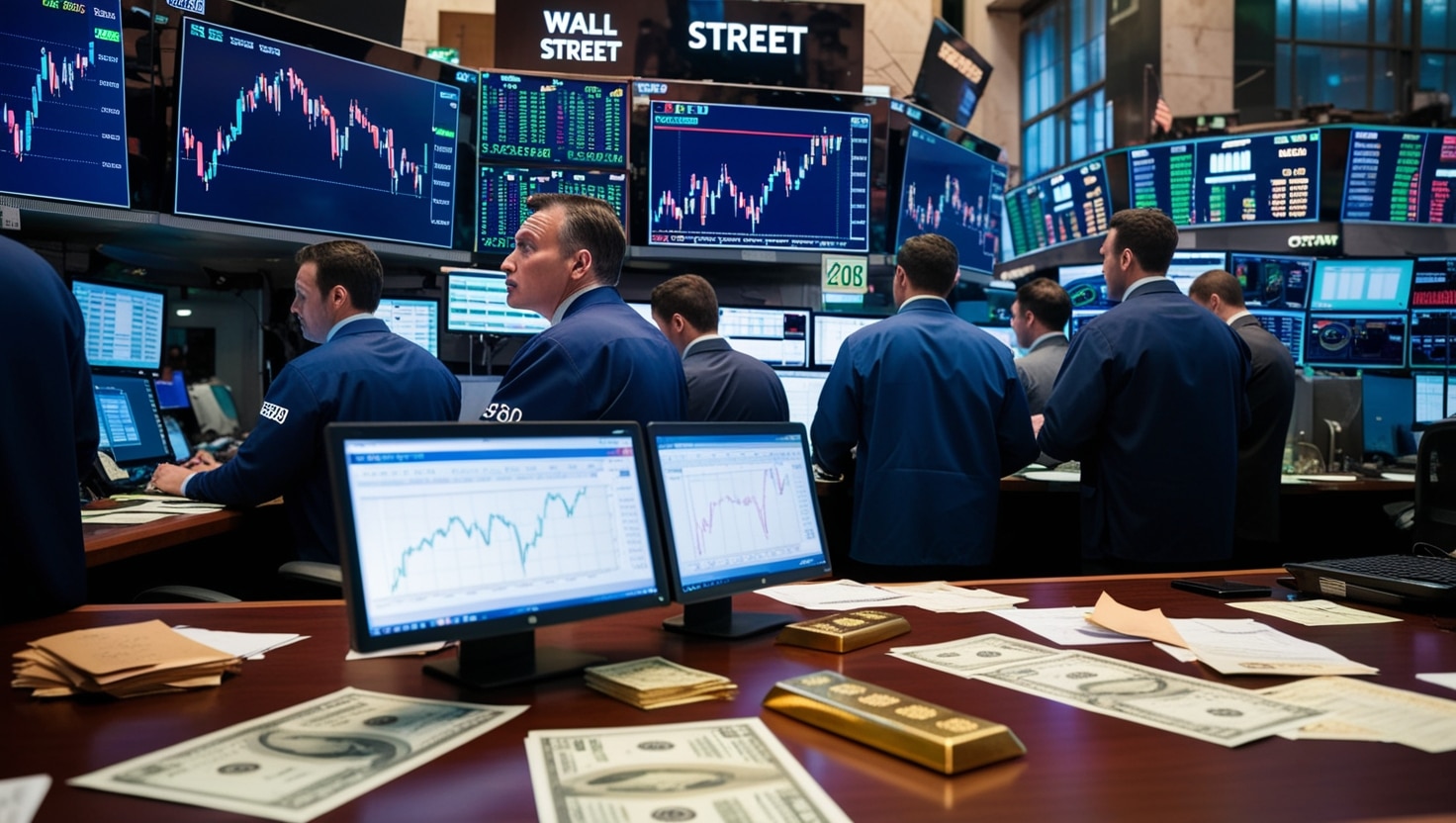
With “Liberation Day” just around the corner, global financial markets are already anxious. President Trump’s impending reciprocal tariffs have traders anticipating significant shifts—especially in forex market news. The spotlight, once again, falls squarely on international trade.
Liberation Day Tariffs and Market Uncertainty
Donald Trump’s return to tariff policies is quickly making headlines in forex trading news today. Branded “Liberation Day,” this policy aims to impose tariffs mirroring those of America’s trading counterparts. While specifics are vague, the impact already resonates through the financial markets.
According to the IMF’s latest report, global growth expectations sit at 3.1% for 2025—a slight dip from the previous year’s 3.3%. Rising trade tensions, sparked partly by Trump’s tariff measures, have contributed to this decrease. Global trade volumes are down 4% in the year’s first quarter alone, per the World Trade Organization. For markets, this signals that Trump’s decisions aren’t simply political—real economic outcomes loom large.
Looking at recent forex news, early 2025 already brought increased currency instability. The dollar surged, as reflected by a 2.2% peak increase in the US Dollar Index (DXY) during March. Rising tariffs are clearly spooking currency traders. Pairs like the EUR/USD, USD/CNH, and AUD/USD responded swiftly, revealing the deep-rooted uncertainty traders feel.
Stock Market Turmoil and Industry Impact
Stocks haven’t fared much better. The S&P 500 fell sharply, losing 3.5% in the first quarter. Analysts point directly to anxieties around Trump’s tariff campaign as the central reason for this contraction. Tech giants and automotive exporters were hit notably hard.
Taking a closer look at the automotive sector, exports from the US declined by 5% in early 2025. Trump’s tariffs on steel and various imports raised production costs, slicing global competitiveness. Such negative impacts inevitably spill over from forex market news into broader debates about economic stability.
A trader friend once remarked, “The market is a sensitive creature—poke it once, and everything jolts.” Trump’s recent announcements certainly poked it harder than normal, and visibility for traders dropped significantly. Many forex analysts predict this unclear scenario to persist for months, possibly triggering a series of retaliatory measures globally.
Forex Markets Prepare for a Rocky Ride
For traders closely watching currency market news, Trump’s policies mean volatility. It wasn’t long ago when the previous tariff episode rattled global currencies; now, uncertainty returns. Currency correlation patterns, normally reliable, could break down. Traders must revisit risk management strategies ahead of potentially turbulent sessions.
One particularly difficult day I experienced back in 2018—when earlier Trump tariffs caused the EUR/USD to fluctuate wildly—comes to mind instantly. Such volatility returned recently: USD/JPY shifted significantly, catching traders off-guard. Forex calendar factory entries are brimming with upcoming events tied to this tariff decision, fueling further caution among experienced analysts and investors.
Safe Havens and Investment Strategies Adapt
Investor portfolios, especially those heavily involved in international ETFs or currency exchange news, are shifting focus following concerns over trade disruptions. Traditional safe-haven assets like gold and government bonds benefit noticeably in uncertain times. Traders carefully monitor gold forex live prices as protective hedges gain renewed popularity.
While few traders enjoy uncertainty, opportunities emerge from increased market volatility. Savvy currency traders now adopt defensive strategies, carefully positioning themselves ahead of Trump’s likely disruptive announcements. Investors and forex enthusiasts alike weigh carefully how “Liberation Day” policies ultimately shape this year’s financial narrative.
Political Rhetoric vs. Economic Reality
Trump’s supporters readily embrace his tough trade stance, portraying reciprocal tariffs as national pride. Critics, on the other hand, highlight the tangible negative impacts that ripple throughout international markets. Regardless of public sentiment, traders understand one clear fact: political rhetoric often translates into immediate forex market fluctuations.
As markets await Trump’s next tariff moves, currency traders, equity investors, and global companies face uncertainty together. Although the direct consequences are yet unclear, financial challenges linked to these policies are already shaping market strategy in early 2025. As Liberation Day nears, traders brace themselves: market volatility is not a future concern—it is a present reality.

















